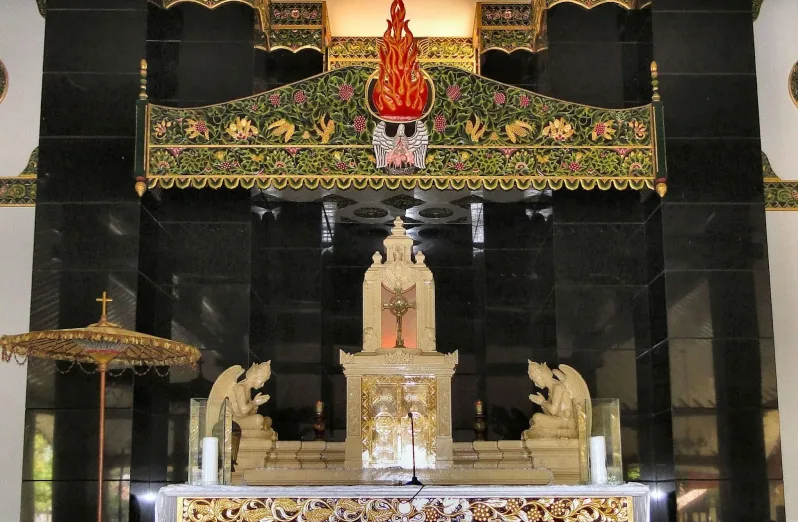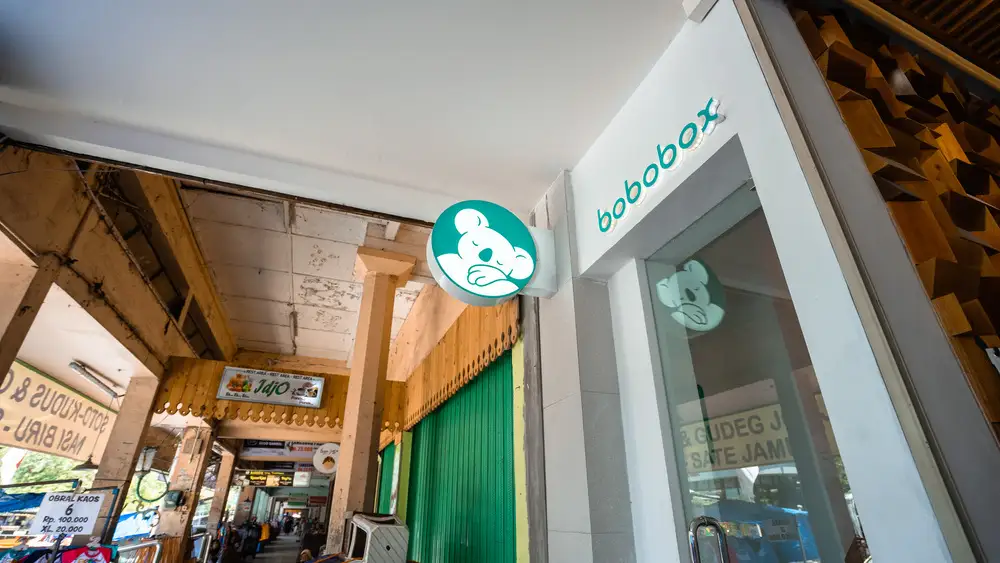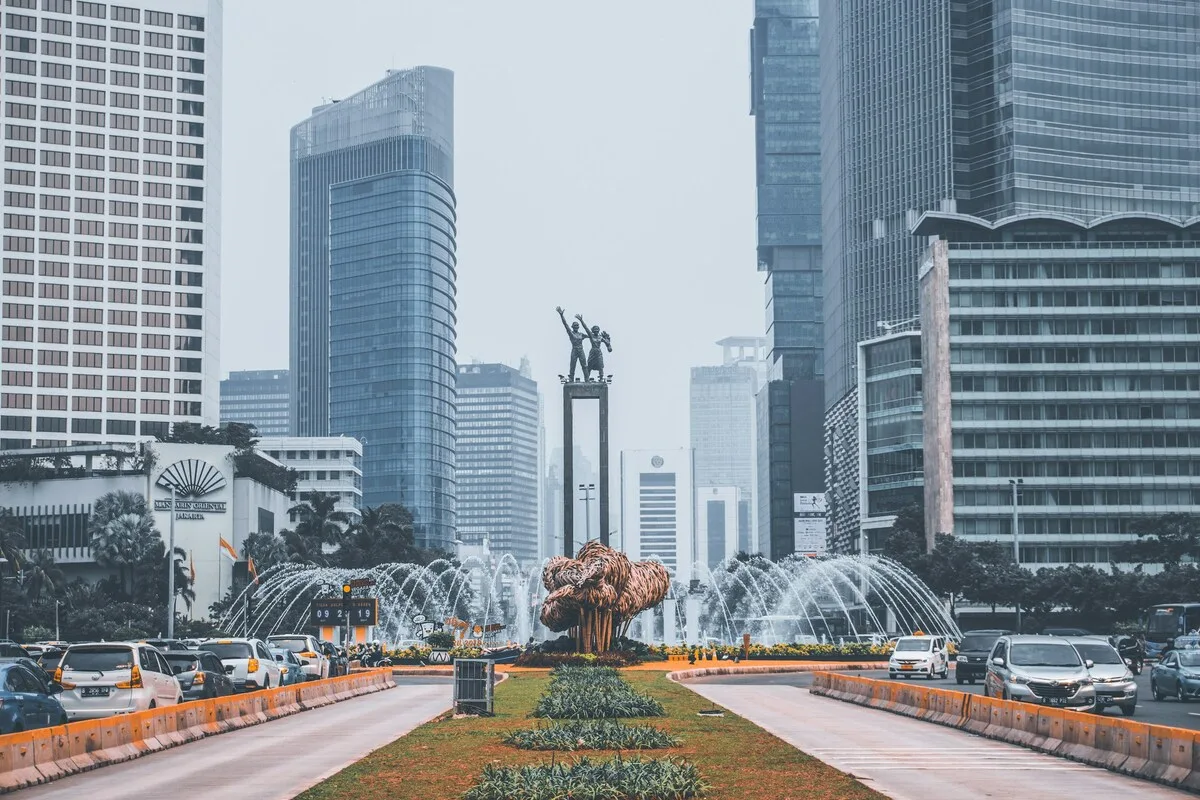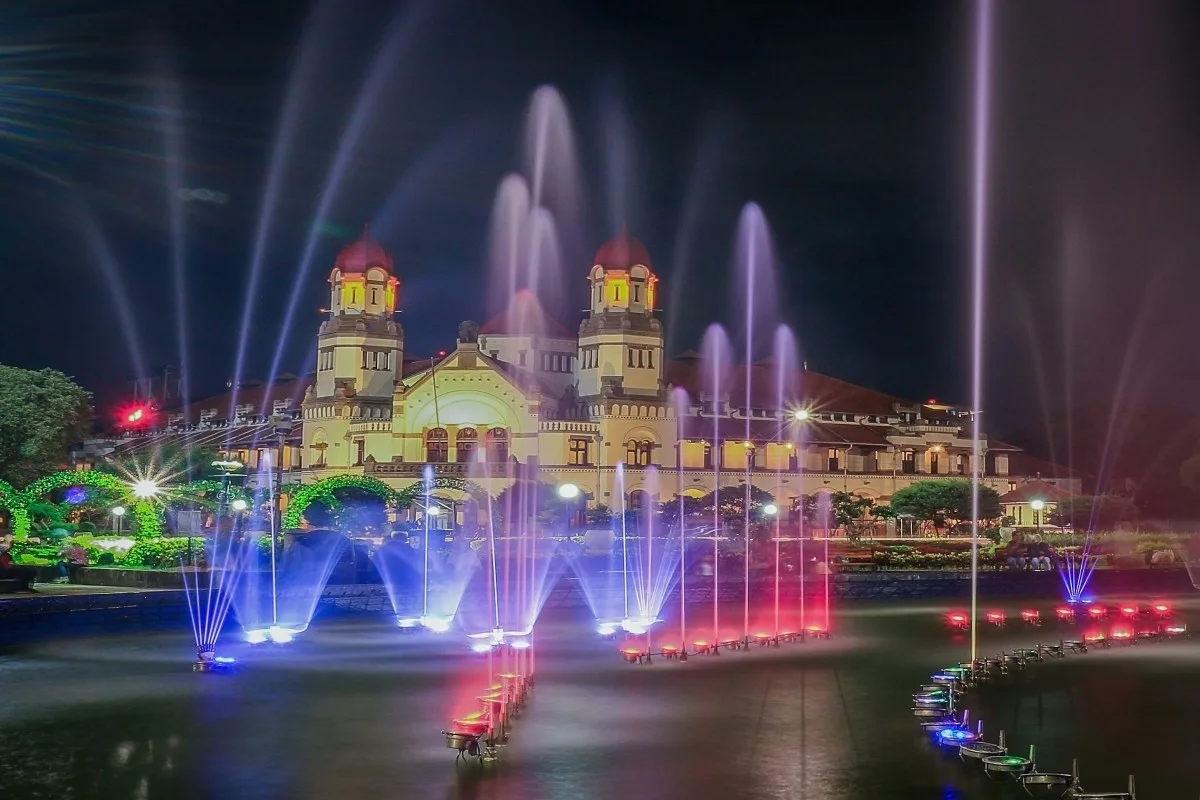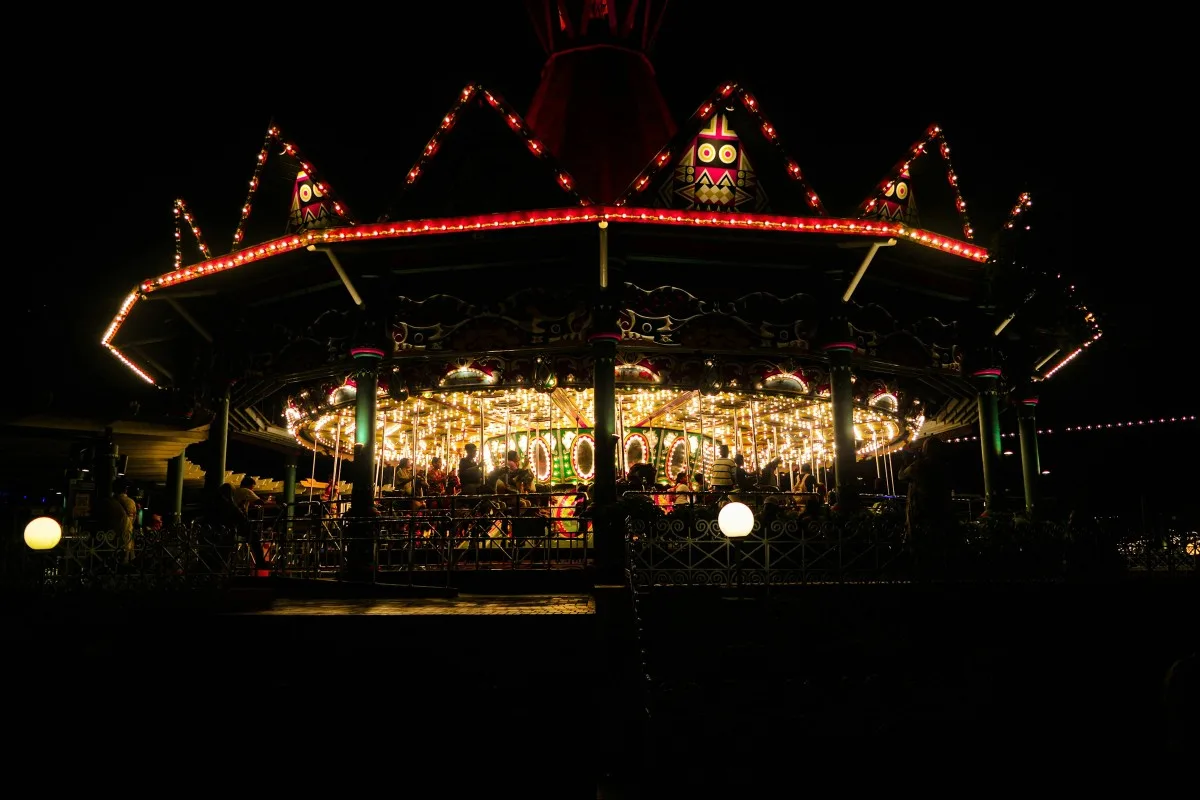Culture is always ever-changing. They’re grown and shaped by the society, and in turn, also influenced how the people within live their life. It’s never static; it changes over time.
It also varies from one society to the other; the way of life of those who reside in highlands will differ from those in the shores. What they eat, how they walk, the clothes they wear, and the language they speak will also vary.
Being home to more than 300 distinct ethnic groups, cultural exchange will always bound to happen here, for it is the reciprocal transfers of symbols, artifacts, and even religions.
One of the ways a culture was exchanged is through acculturation. Acculturation itself refers to the two-way process in which an individual or a society within one culture adopts the values and practices of other cultures, while still maintaining some of their own distinct culture.
This acculturation process is exactly why you’ll discover many unique landmarks and buildings in Indonesia, like the Ganjuran Church for example.
Ganjuran Church is a Catholic Church nestled in Sumbermulyo, Bantul. Unlike the majority of Catholic Churches, Ganjuran Church is heavily influenced by the Javanese and Hindu architectural models and culture.
Also Read: 24 Hours in Ubud as a Creative Soul: Plan Your Unique Bali Trip Here!
The History of Ganjuran Church
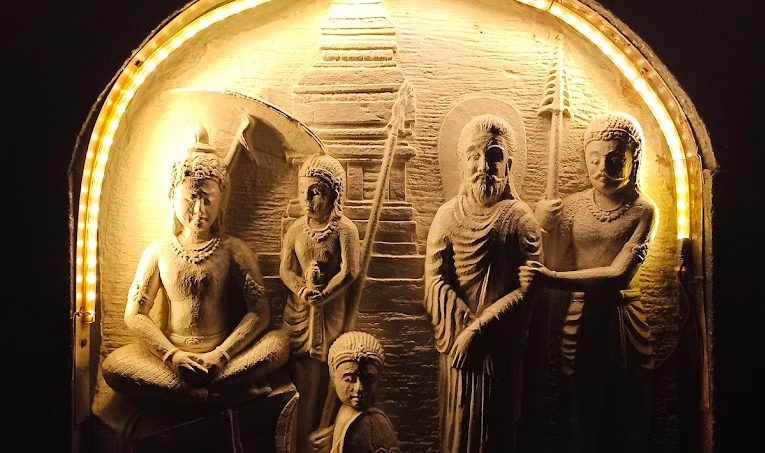
Photo: Jemmy Petta via Google Maps
Known also as The Church of the Sacred Heart of Jesus, Ganjuran Church has become one of Javanese cultural heritage sites in Yogyakarta. It’s also the oldest church to be found in Bantul. The main building is in the shape of a joglo, a Javanese-styled architecture and is decorated with 6,500 sq ft Javanese reliefs and carvings. Amidst the lush trees and breezy nature, you can also find a Hindu-influenced temple building with a statue of Jesus in Javanese garbs and customs.
However, Ganjuran Church wasn’t always like this.
It all started with the Schmutzer family. Gulfred Schmutzer started his own sugar factory in the 1860s called Gondanglipuro, and was succeeded by his children, Julius and Joseph. The Schmutzer brothers think beyond just economic matters.
They start to advocate and apply the teachings of rerum novarum (encyclical, or a formal letter, issued by Pope Leo XIII in 1891) for the workers’ rights, and are working to establish educational facilities and St. Elisabeth Hospital (as a clinic first) from the proceeds of their factory. St. Elisabeth is now managed by the Order of Carolus Borromeus.
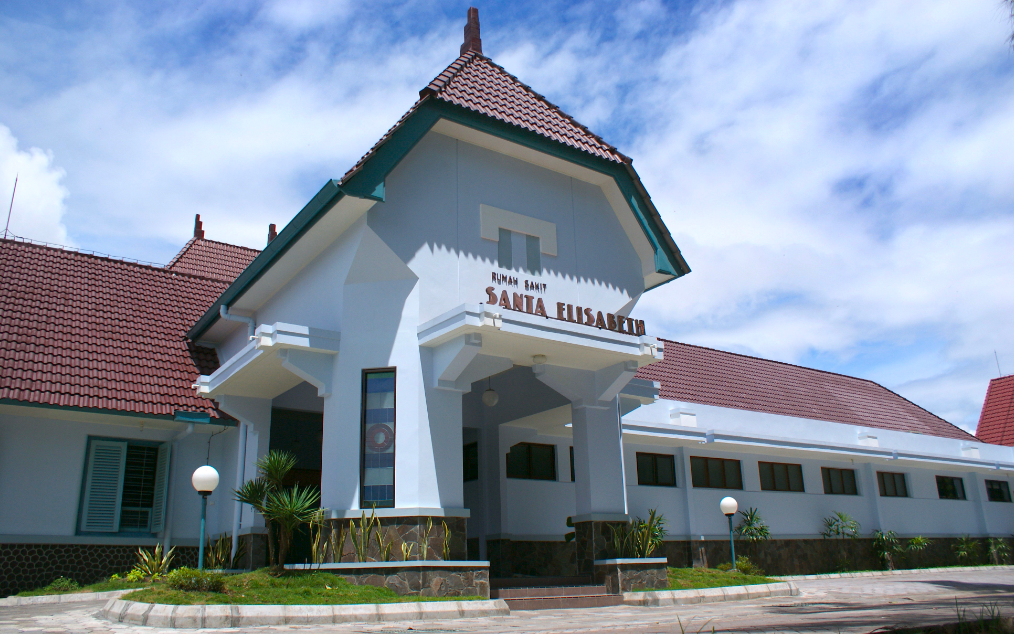
Photo: Hendrix via Google Maps
With the love they have for Javanese culture and their community, the Schmutzer brothers came up with a plan to build a Javanese-influenced Catholic Church. The Vatican was reluctant at first, and only gave Schmutzer brothers the approval of their Javanese Altar and the Statue of Sacred Heart. They have the permission to build a church, but only with a European-styled one. The first building was designed by Dutch architect, J. Yh van Oyen.
By 1922, there were 22 native Javanese Catholics, and the number kept on increasing. At that time, the acculturation in the Catholic Church wasn’t really a common thing, but the Schmutzer started to apply Javanese and Hindu influences to the church. 3 years into the congregation marks the start of the renowned construction of Hindu-styled temple at the church site. Statues resembling arcas are built, two of them being the holy Mother Mary statue cradling baby Jesus, and the Sacred Heart of Jesus, adorned in Javanese garbs and regalia.
Batavia Bishop Mgr. van Velken then appointed the Sacred Heart of Jesus statue to become the national monument that symbolizes Java’s dedication to Catholicism.
See more: Endless Fun Awaits: 7 Best Weekend Activities You Can Do Around Jakarta
The Growth of Ganjuran Church
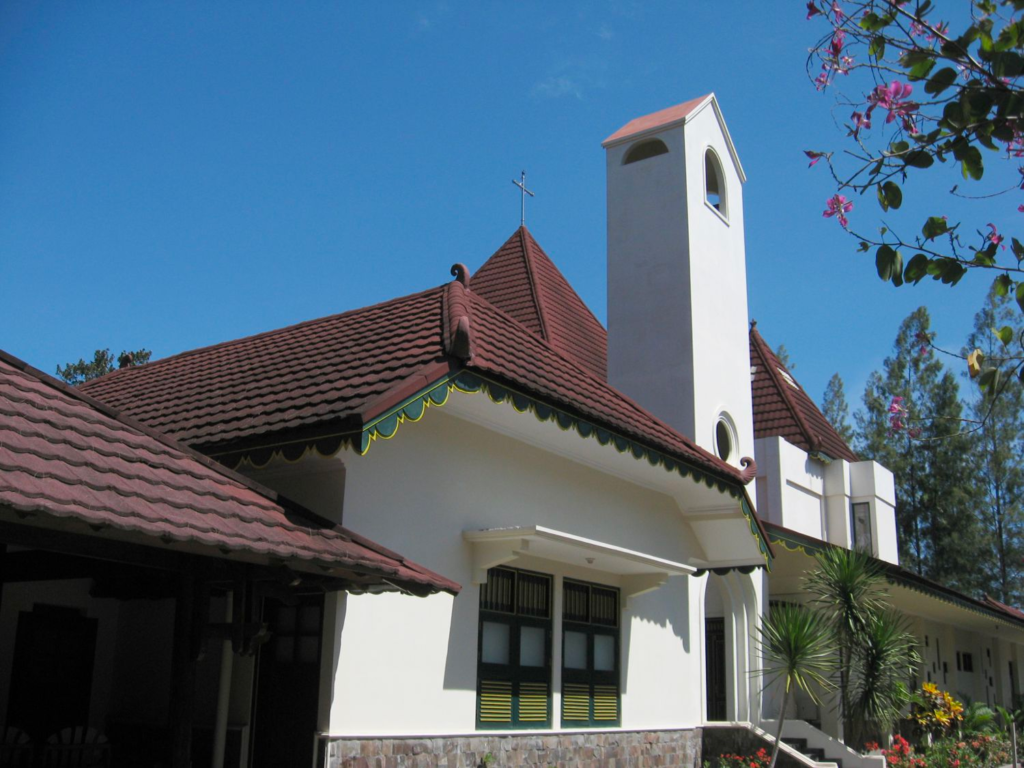
Photo: Crisco 1942, CC BY-SA 4.0 via Wikimedia Commons
Ganjuran Church operated as an autonomous parish from Indonesian Independence until the Second Vatican Council. Local parishioners and priests safeguarded all Schemutzer’s family legacies during this time. At the beginning of the New Order of Suharto, which were simultaneous with the Second Vatican Council, the nation’s overall stronger economical situation further facilitated the construction of numerous buildings within the Ganjuran Church sites.
In connection with the Second Vatican Council, various local elements, such as the Javanese language, gamelan, folk songs, traditional dances and rituals, underwent evolution to enrich the mass celebrations in Ganjuran Church.
In 1995, the reliefs depicting 15 Stations of the Cross were built. At the economic crisis of 1998 and the collapse of Suharto regime, Ganjuran Church was known as a traditional parish. Nevertheless, people from all around Indonesia have acknowledged Ganjuran Church as a pilgrimage destination; it is believed that the increase in visitors are due to the discovery of a water fountain underneath the Sacred Heart of Jesus statue.
After the devastating magnitude 6.4 Yogyakarta earthquake back on May 27, 2006, the facade of the church collapsed, and a temporary church was established in the yard. This destruction led to Ganjuran Church’s massive renovation and reconstruction, estimated to reach almost 7 billion rupiah for the cost.
Also Read: Unraveling the Traditions of Sasak, an Indigenous Tribe in Lombok
Things to Do in Ganjuran Church
Today, people from all around Indonesia have gathered in Ganjuran Church either for their recurrent Javanese-style mass, for pilgrimage activities when religious festivities are around, or for people who simply seek solace to pray.
The masses held in Ganjuran Church, especially the Christmas Mass, is an experience of a lifetime. This is due to the fact that every clergy member is dressed in a distinct Javanese attire, and the masses are usually held in both Javanese and Indonesian, along with the solemn hymn of the Javanese gamelan.
Pilgrims and visitors can also light prayer candles in the back of the Sacred Heart of Jesus temple-like building that looks very beautiful once the night falls.
There’s also various souvenirs to remember Ganjuran Church by, either from within the church sites itself, or the surrounding area; from unique rosarios, holy water, to Ganjuran’s treasured pasteurized milk.
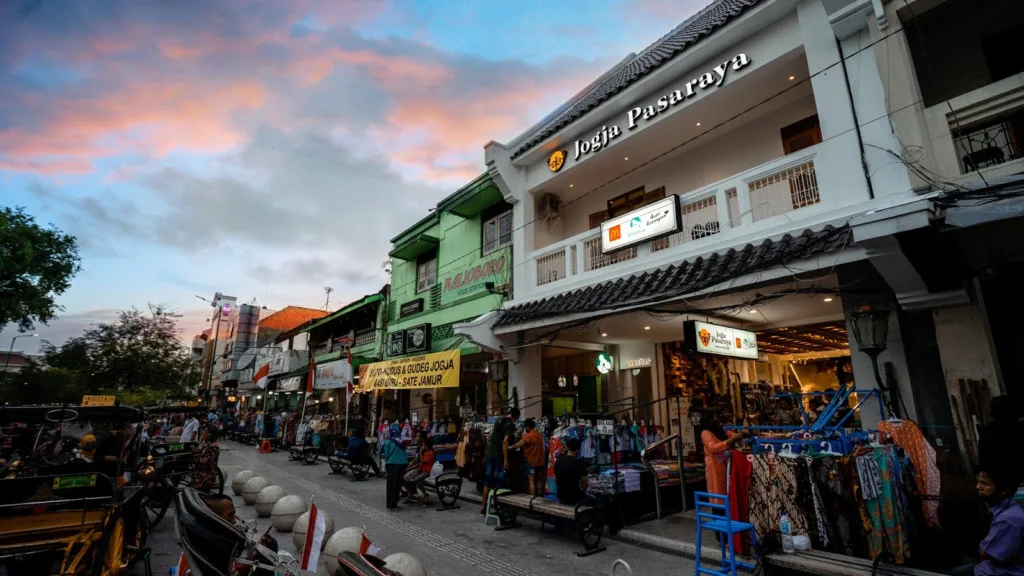
After your Christmas trip in Bantul, you can head over to Yogyakarta and spend the rest of the new year there to relax and unwind. If you’re looking for the full Yogyakarta experience, make sure you choose an accommodation like Bobopod that’s located strategically in the heart of the city, Malioboro.
Each of the pods in Bobopod are equipped with B-Pad, a hub that can personalize your stay; adjusting lights to activating Bluetooth speakers are just within a touch of your finger.
Let’s celebrate your joyful holiday in Yogyakarta with Bobopod! Download the Bobobox app here!
Writer: Al Azka Zuraida
Header photo: Arjovanderjagt, CC BY-SA 4.0 via Wikimedia Commons

